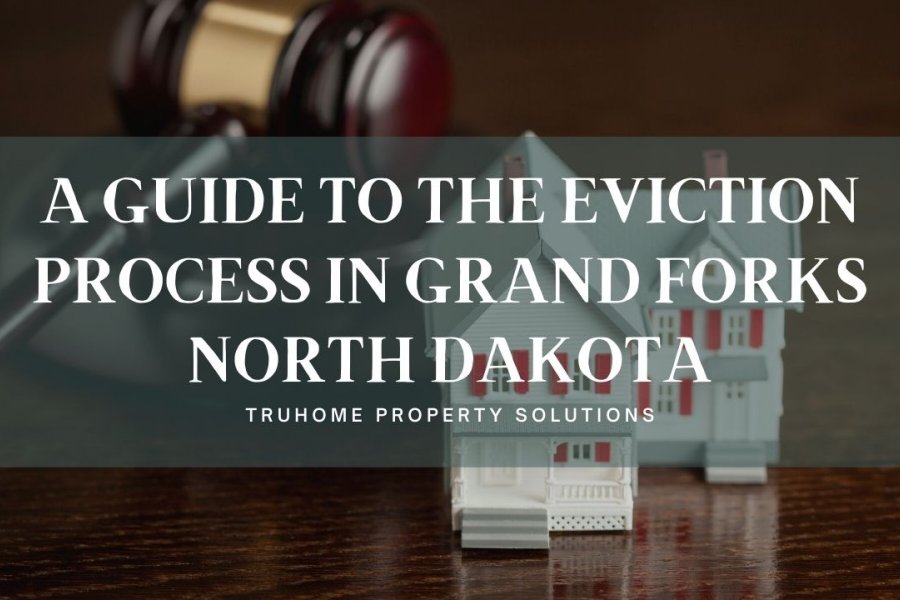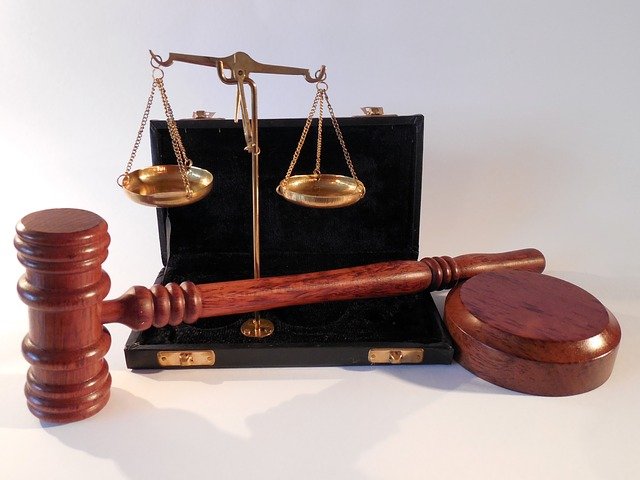
It’s no longer a secret that being a landlord can be a lucrative opportunity . Renting to great tenants in North Dakota can ensure a consistent rental income and an overall good landlord experience.
That said, as with any other business, it can be challenging as well. The experience can be anything but wonderful when you rent to a difficult tenant.
A difficult tenant is high maintenance, causes negligent property damage, pays rent late or sometimes misses it altogether. Evicting such a tenant from the rental unit before the lease term ends, may be the only solution.
North Dakota, just like any other state in the country, has a detailed tenant eviction process in place within the landlord-tenant laws . Following it is key for a successful North Dakota eviction process.
The following is a basic overview of the North Dakota eviction laws.
1. Justifiable Reason
Your tenant has a right to remain in the rental property until the tenant's lease agreement ends. The only exception to this is if they have committed a violation or if they choose to break the lease . A tenant must be given written notice prior to any evition process. Common violations in the state of North Dakota include:
- Nonpayment of rent by the tenant
- Excessive damage to the property or rental unit, even if you retain the security deposit
- Engaging in illegal activities while on their rented premises
- Failing to adhere to the terms of the lease agreement (for instance, making illegal alterations to the unit or subletting the unit without the landlord’s permission)
- Failing to move out of the rental unit after the lease has expired
- Causing significant disturbance to other tenants or neighbors
2. Eviction Notices
The next step in the eviction process is for landlords to the tenant with a written notice or North Dakota eviction notice. This serves two important functions: one, it shows the violation the tenant has committed, and two, it shows the time the tenant has to rectify it.

Different states usually have different eviction notice types. The following are specific for the state of North Dakota:
Nonpayment of Rent
The landlord-tenant law is clear on tenants paying rent: rent becomes late when it surpasses three days after it falls due. So, you, as the landlord, can only serve your tenant a written notice after the rent is late by 3 days.
As per North Dakota eviction law, if the tenant fails to pay rent, after 3 days have passed, you must serve your tenant with a 3-Day Notice to Pay. The notice gives the tenant 3 days to pay rent or face eviction.
Any unpaid rent could be reclaimed by North Dakota courts during the eviction lawsuit.
Lease Violation
Examples of lease violations include excessive property damage , having a pet while there is a no-pet policy and having too many residents in the rental unit.
Here, you, the landlord, must serve the tenant with a 3-Day Notice to Quit. This gives the tenant 3 days to leave or face eviction. Note that illegal activity isn’t included here.
Holdover Tenants
A holdover tenant situation happens when the tenant remains in the property even after their lease has expired. For a tenant on a month-to-month lease, a landlord must serve them a 30-Day Notice to Quit. For all other tenancies, landlords must give them at least as much notice as the rent payment period.
You can move to court after the notice period has expired. Squatters do not count as holdover tenants and follow their own set of legal guidelines.
3. Complaint Filing & Serving
Next, you must file a summons and complaint in a relevant court. This will cost you, as the landlord, about $80 in the state of North Dakota.

The service of the summons and complaint is normally done by the sheriff. They can do so by serving it in person, through the mail or by posting it on the rental premises.
4. Court Hearing & Judgment
After the district court issues a summons, the eviction hearing must be held 3 to 15 days after. If the tenant doesn’t show up, the court may issue a default judgment favoring you. The court will then issue you with a Writ of Execution.
However, there are instances where a tenant may decide to fight back against the eviction action. The following are the defenses the tenant may put up:
- You violated the Warranty of Habitability. As a landlord, it’s your responsibility to keep the rented premises in a well-maintained condition
- The eviction is a retaliatory act. When a tenant signs a rental agreement or written lease agreement, they become entitled to certain rights. Among these rights is the right to join a tenants’ union or filing a claim with an agency. So, you cannot try to evict a tenant for doing such things
- The eviction is discriminatory . Under North Dakota's Fair Housing Act , you cannot evict a tenant based on their protected characteristics. Protected characteristics include race, color, religion, sex, marital status, familial status and national origin

- You served the wrong notice. Different notice types exist for different purposes. You must serve the right one for the eviction process to go through
- The tenant didn’t commit the violation you’re alleging they did
- The tenant failed to pay rent because you increased it illegally
5. Writ of Execution
This is the final notice to a tenant for their eviction, and the court will issue it to a landlord who makes a successful case against a tenant. It basically gives back ownership of the property to the landlord.
6. Possession of the Property
A judicial officer, normally the sheriff or process server, will enforce the Writ of Execution after the notice has expired. In North Dakota, a tenant can request a 5-day stay of Execution if a hardship may be created if they move out immediately.
Bottom Line
There you have it. The step-by-step eviction process in North Dakota. If you still find the process daunting, consider hiring a qualified property management company like TruHome Property Solutions . We know all the ins and outs of North Dakota’s eviction laws and can rent out your property successfully.
Disclaimer: This blog isn’t a substitute for legal advice from a licensed attorney in North Dakota. Laws may change, and this post may no longer be up-to-date at the time you read it. Please get in touch if you have any questions or want to suggest edits.

